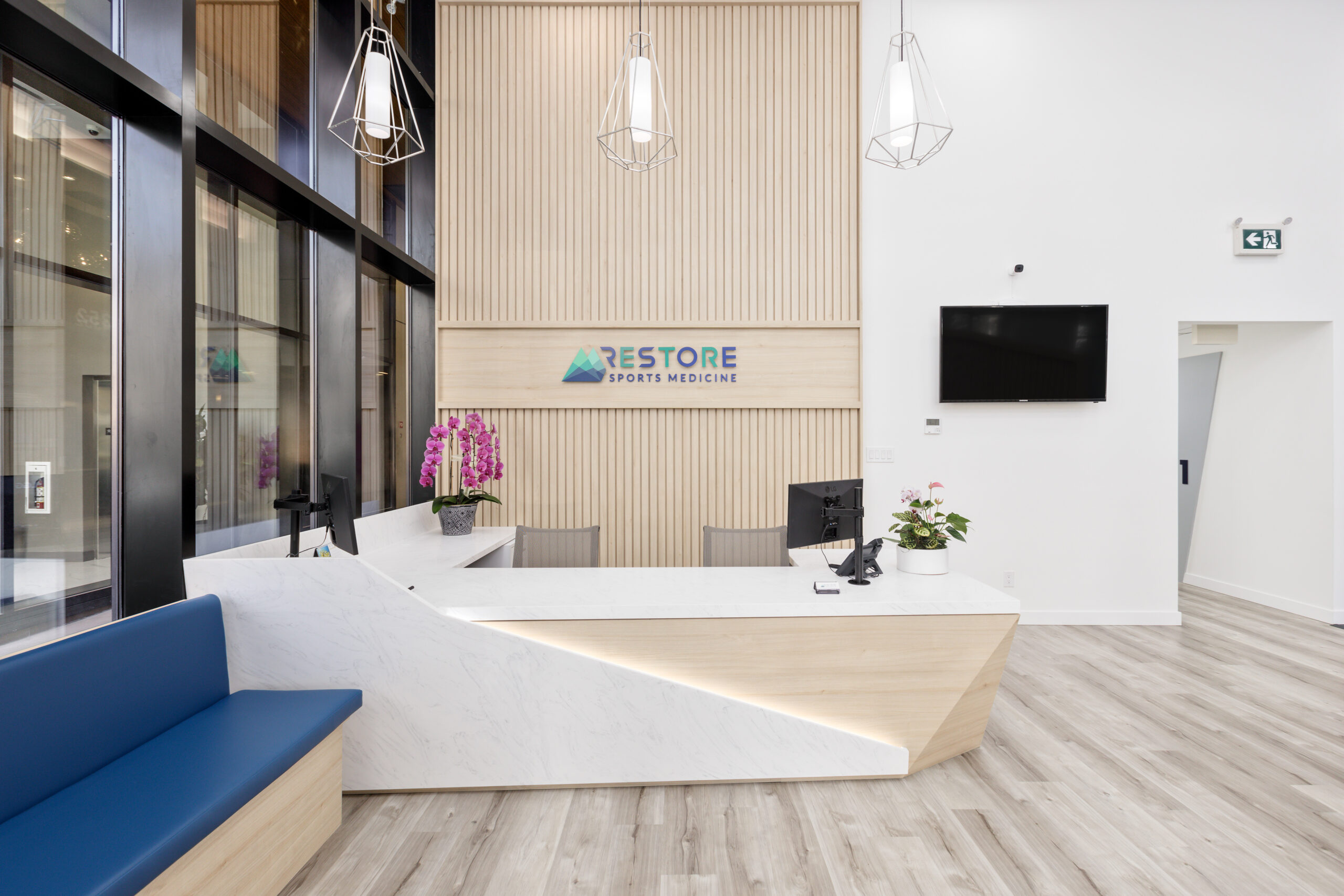When people arrive at a healthcare facility, it’s important that they feel they are entering a calm environment. Good design in healthcare settings can significantly contribute to a positive patient experience. The overall ambiance, including the layout flow, dimensions of patient and exam rooms, and material choices, should collectively foster an atmosphere of positivity and well-being.
In this blog, we delve into the challenges and opportunities of designing for healthcare. We will also explore how innovative design solutions can improve patient outcomes and enhance the overall healthcare experience.
Comfortable and Inviting Spaces
Patient comfort is key to reducing stress and improving recovery times. Healthcare facilities should be accessible to everyone, regardless of age, ability, or socioeconomic status. Designers need to create inclusive spaces that accommodate people with disabilities and ensure that medical equipment and technologies are user-friendly. Ensure the reception area is well-lit, organized, and has comfortable seating. Choose ergonomic and comfortable furnishings for both waiting areas and examination rooms.
Natural Light and Views
Maximize the use of natural light and provide views of nature when possible. Exposure to natural light promotes a positive atmosphere and has potential therapeutic benefits for patients. Use comfortable and aesthetically pleasing furniture and provide reading materials. Comfortable seating contributes to a positive patient experience and can help reduce stress during wait times.
Privacy and Confidentiality
Patients feel vulnerable during a clinic visit, so an experienced designer will take care to design spaces with a focus on patient dignity and privacy. Design examination rooms with privacy in mind, including soundproofing and adequate space. Patients feel more secure when they know their privacy is prioritized during medical examinations.
Clear Signage and Wayfinding
Implement clear signage to guide patients easily throughout the clinic. Clear wayfinding minimizes confusion and stress for patients, contributing to a more positive experience.
Safety and Infection Control
Patient safety is of paramount importance in healthcare environments. Designers must consider infection control measures, minimize the risk of medical errors, and create environments that promote patient and staff safety.
Workflow Efficiency
Healthcare facilities are fast-paced environments with complex workflows involving multiple healthcare professionals. Design the layout with a focus on functional zones, such as patient intake, examination rooms, and support areas. By carefully integrating such strategies, medical clinic construction projects can optimize workflow efficiency, delivering a facility that meets the operational needs of healthcare professionals and enhances the overall patient experience.
Sustainable Design
Healthcare facilities have a significant environmental impact due to energy consumption, waste generation, and water usage. Install energy-efficient lighting systems and HVAC (heating, ventilation, and air conditioning) systems. Explore the integration of renewable energy sources, such as solar panels or geothermal systems. Prioritize the use of eco-friendly and recycled materials in construction. Green building materials reduce the environmental impact of construction and contribute to healthier indoor air quality.
Emergency Preparedness
Designing healthcare facilities to be resilient and adaptable in emergencies is crucial. Conduct a comprehensive risk assessment for potential emergencies, including natural disasters, fire, and other safety hazards. This includes considering emergency exits, evacuation routes, medical supply storage, and backup power systems. Close collaboration between designers, healthcare professionals, and emergency response teams ensures that facilities are well-equipped to effectively manage a wide range of emergency scenarios.
Conclusion
Embracing patient-centered design, creating healing spaces, and integrating digital health solutions can transform the healthcare industry. Designers can play a key role in fostering well-being, enhancing communication, and encouraging preventive care.
Here at Team Medico, we understand both the importance of patient-first design and how to create medical clinics that put the patient experience at the forefront of any business model. Talk to us today & book a free consultation.

